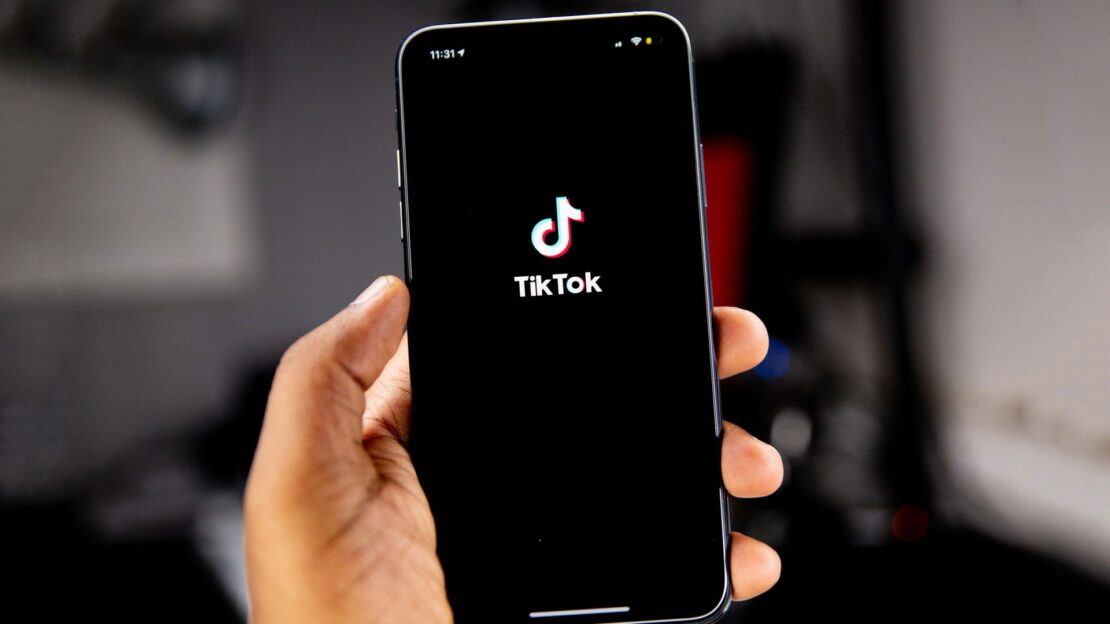Grayling COVID-19 Trends Forecast
October 6th, 2023
2020 has been a remarkable year – and not in a good way. Individuals, businesses, brands, governments and society have been tested as rarely before, and the changes we are seeing in the worlds of business, politics and social affairs will have a significant knock-on impact on communications. As the COVID-19 crisis rumbles on, an international Grayling team of communications professionals, planners and creatives have pinpointed five developing trends that could shape communications over the coming months.
“The agency has looked into new trends which are starting to emerge, as well as how the trends we have identified previously are evolving. This is not just a forecast that will be of interest to consumer brands. The trends have much to say about B2B communications and government relations too”, said Nataša Trslić Štambak, Managing Director Grayling SEE Region.
Here are Grayling’s five marketing and communications trends:
Trend #1: Feeling Emotional
How can/should businesses address the emotional toll that COVID-19 is taking on all of us? Brands will need to show how they are helping their staff, suppliers and customers get through it, particularly as we approach Christmas. But no more platitudes: if all you have to say about the pandemic is “we’re all in this together!”, then perhaps don’t say it at all. Find tangible, useful actions – and then deliver them.
Trend #2: Please Entertain Us
People in, or staring down the barrel of, another lockdown are more in need of entertainment and distraction than ever before. Through partnerships and smart use of professional creators, and with the right strategic platform, anyone can make effective inroads into content – the demand is there. Gaming and livestreaming also present huge opportunities for businesses and brands to reach those people who matter most in a new way.
Trend #3: Know Your Audience(s)
With different sectors / locations continuing to suffer in markedly different ways, and different generations having wildly divergent experiences of this ‘new normal’, specific, tailored communications remain essential. Also, will COVID-19 lead to the rise of the suburbs, with central areas of towns and cities losing relevance and footfall? And if so, how can businesses and brands communicate to consumers whose focus and habits may have shifted as a result?
Trend #4: Follow The Money
A lot has been written (rightly) about the negative impact of COVID-19 on business and the difficulties that are being faced – but there will also be opportunities for some. The pace of the shift towards majority-online shopping is one obvious area, but close alignment with consumer trends and the thinking in government can result in stability and even success for businesses with a forward-thinking mindset.
Trend #5: Uncertain Futures
Gen Z are facing a world that looks very different to previous generations, with many of the traditional post-education paths such as university, travelling or even casual work being disrupted. There’s no denying that this is going to a tough time for young people, but for some it’s an opportunity to carve out their own path and create independent income streams. How can your brand or business help young people define, own and grow their lifestyles and careers?
And if you’d like to learn more about how brands can most effectively create strategies to target these trends, please email Nataša Trslić Štambak.


